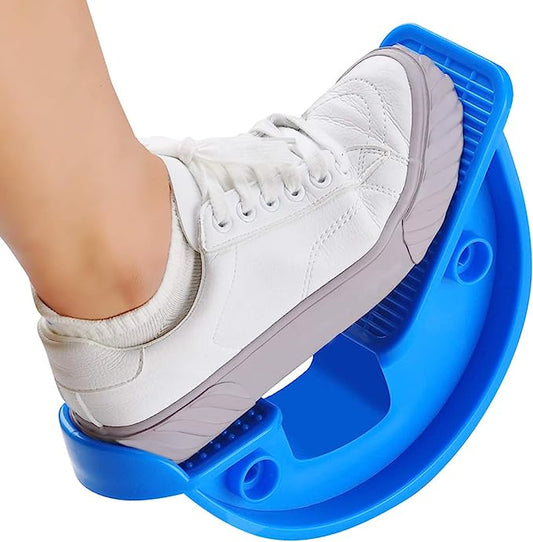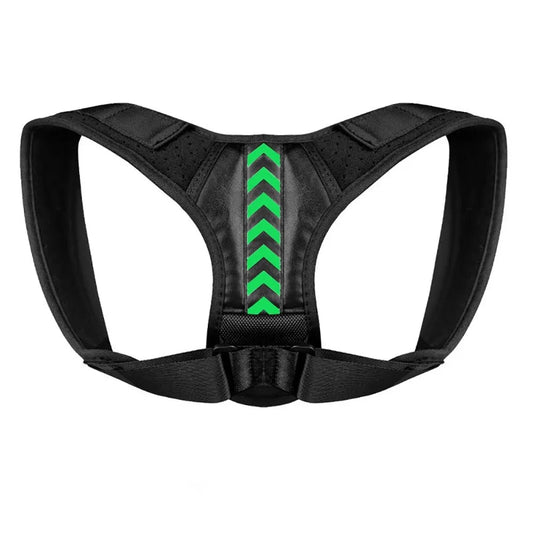Hey, are you ready & strong enough to learn about the Side Plank? I am assuming you already know about the original plank exercise and what it is? If not I would suggest you read up on the plank exercise first and then come back.
As you probably know, the side plank is very similar to the commonly known plank exercise, also known as the front plank.
The exercise concepts, the muscles used and it's overall meaning is very similar to that of the front plank. The only difference being that the side plank puts the emphasis on your side.
In this post I'll outline the various aspects of the side plank and then tell you how to actually go ahead and perform this exercise.
What is a Side Plank Exercise?
The side plank is all about holding a fixed absolute position on the side of your body.
What feels like a killer punch is that you need to hold this position using one arm. Yes, your entire body weight is being held up by that poor arm!
Why would anyone put themselves through such torture you may ask?
Well, as with most fixed isometric holds, the side plank stabilises your trunk muscles.
Not the elephant trunk you may be thinking of! but the trunk muscle that keeps your upper body stay upright all day.
You may be wondering what does stabilise mean? Here's the technical term for it taken from a medical bible to support what I'm saying:
Health benefits"A muscle that contracts with no significant movement to maintain a posture or fixate a joint."
Are you a runner? Do you get leg pain or knee pain?
- The side plank can help reduce these pains you may have as it strengthens your hip muscles, which in turn impact on the mechanics of your lower legs.
This is especially true if you are a runner as there is greater pressure being place on these muscle groups when running.
- Your biceps will also get a good workout along with your shoulder, and these will tonne over time.
- The side plank also helps strengthen your side back muscles, also known as the Obliques. (Isn't that a cool name for a muscle!)
- This Obliques muscle will help you if you are suffering from lower back pain as it will help take the weight of your lower back and strengthen and support your overall back structure.
However, one word of caution, depending on your lower back - it may be advisable to perform the side plank with your knees bent on the floor initially until your lower back conditions improve, otherwise you may put too much pressure on the back and make matters worse… always consult a medical professional first if you are unsure.

I have to say that the side plank is more difficult to perform then the front plank, there's no doubt about it. However, it's a great addition to any strengthening routine you may already have as you can perform the side plank both at home or at the gym.
Now lets go into the details on how to perform the side plank -
How To Perform The Side Plank
1. Lay on your side with elbow on the floor under the shoulder.
2. Slowly Lift up on that elbow, keeping the body stiff from head to toe and legs straight.
3. When you can no longer hold this position, return back to the start position.
Start slowly and try and aim for 5 to 10 seconds initially as you start.
As you become stronger you will be able to increase this hold time as you progress. Also don't forget to perform the side plank on the opposite side too.




